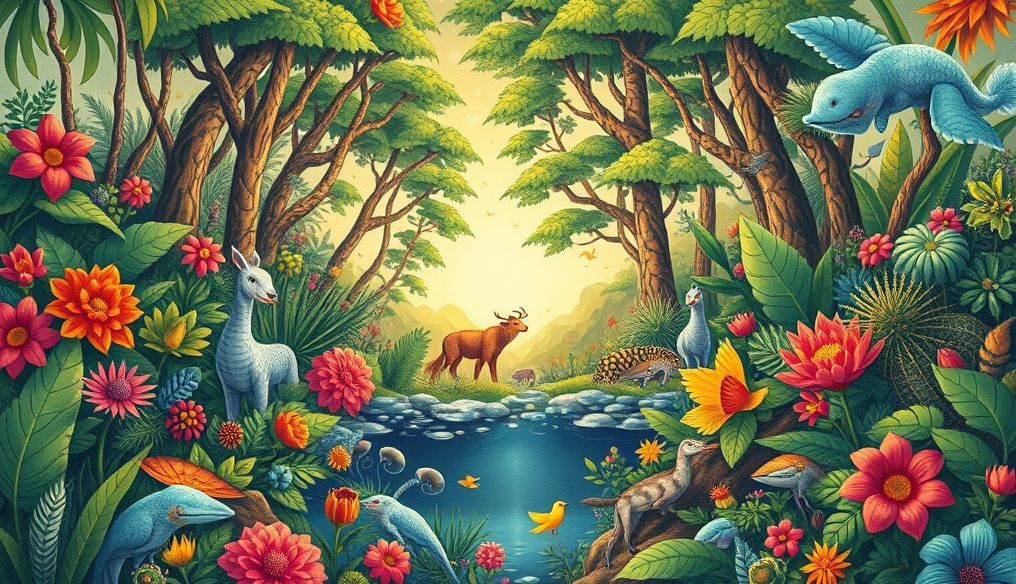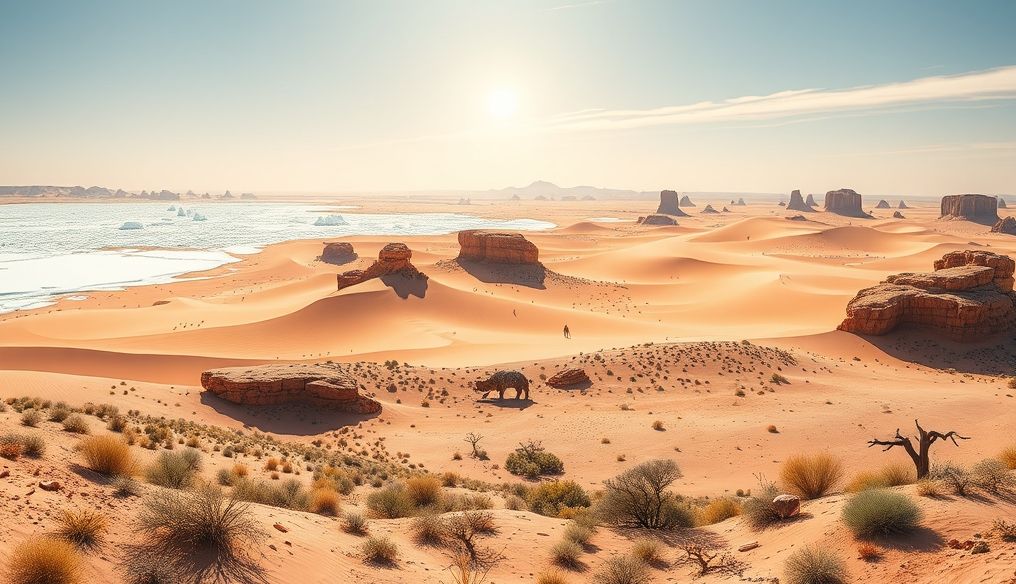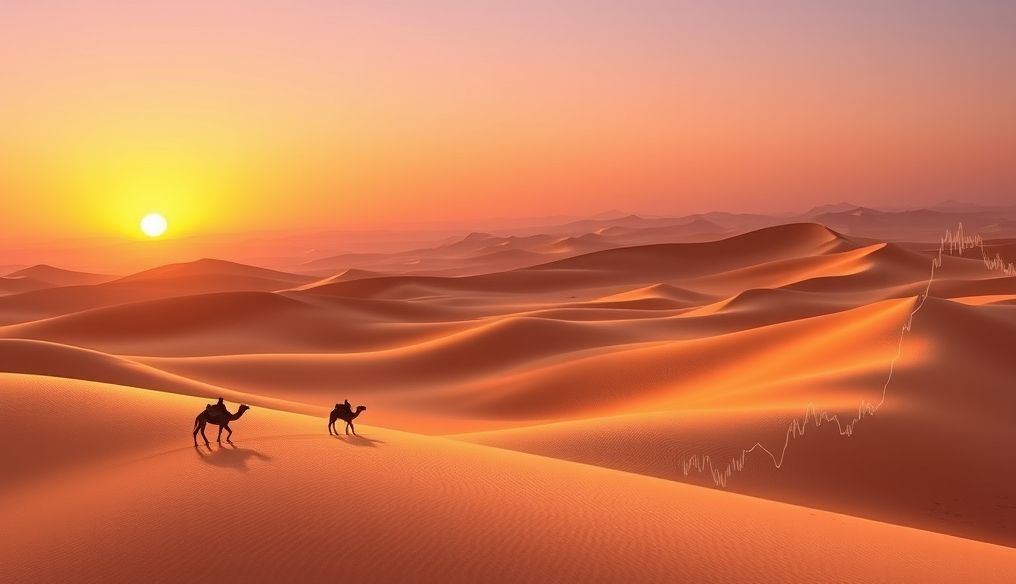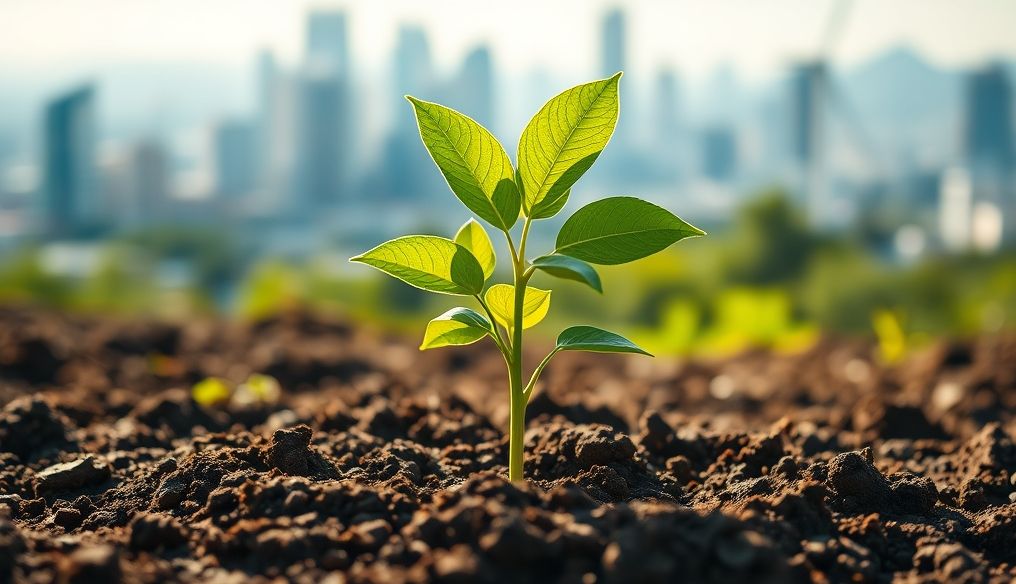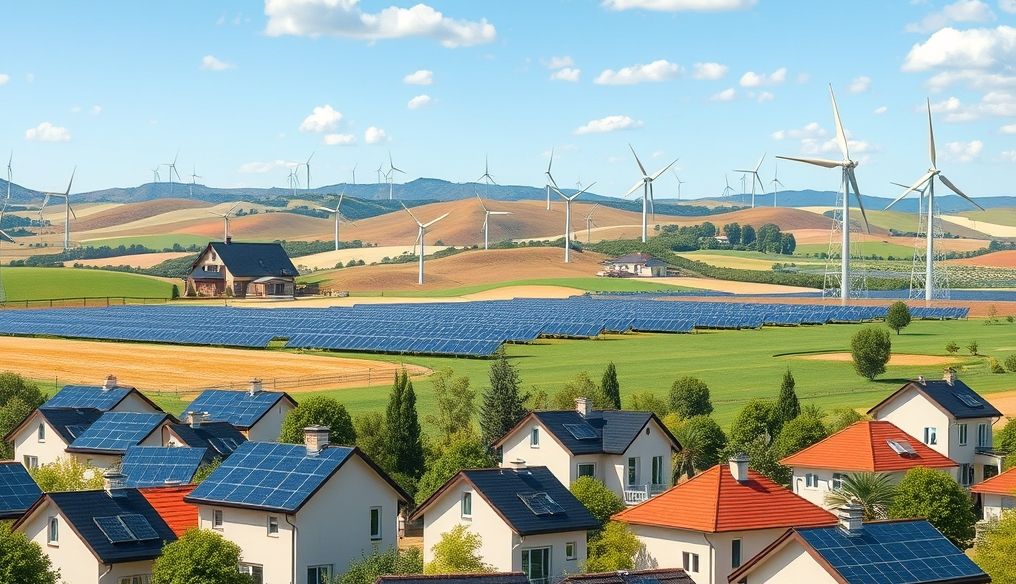Can the Extinction of a Single Animal Species Lead to the Collapse of an Entire Ecosystem?
Animal extinction is a global issue of increasing importance. It is often seen as just the loss of a single species, but it actually represents a serious threat to the entire ecosystem. Every living creature, no matter how small or insignificant it may seem, plays a vital role in maintaining the delicate balance of nature. When a species goes extinct, it can lead to a chain of dire consequences that affect all other living things, including humans.
Chapter 1: The Importance of Biodiversity
Biodiversity is the foundation of healthy and sustainable ecosystems. It refers to the variety of living organisms found in a particular area or globally. Each species, from the smallest insects to the largest mammals, contributes to the functions of the ecosystem, such as:
- Plant pollination: Insects, birds, and bats play a crucial role in pollinating plants, which is essential for food production.
- Seed dispersal: Animals help disperse seeds, allowing plants to grow in new areas.
- Regulation of prey and predator populations: Predators help keep prey populations under control, preventing overgrazing or overexploitation of resources.
- Decomposition of organic matter: Microorganisms and worms help decompose organic matter, returning nutrients to the soil.
- Water and air purification: Some organisms help purify water and air, improving the quality of the environment.
Chapter 2: How Does the Extinction of a Single Species Affect the Ecosystem?
When a species goes extinct, it can lead to a series of cascading effects that impact the entire ecosystem. Many species depend on each other for survival, and when one species disappears, it can lead to the extinction of other species.
Direct Effects:
- Loss of ecosystem functions: When a species goes extinct, the ecosystem function it performed can be lost. For example, if a species of bee goes extinct, it could lead to a decline in crop production.
- Increase in prey or predator populations: If a predator goes extinct, it could lead to an increase in prey populations, which could lead to overgrazing or overexploitation of resources.
- Spread of diseases: In some cases, the extinction of a species can lead to the spread of diseases. For example, if a species of bird that feeds on insects goes extinct, it could lead to an increase in insect populations that transmit diseases.
Indirect Effects:
- Changes in plant composition: The extinction of animals that help disperse seeds can lead to changes in the plant composition of the area.
- Changes in nutrient cycling: The extinction of animals that help decompose organic matter can lead to changes in nutrient cycling in the soil.
- Deterioration of water and air quality: The extinction of organisms that help purify water and air can lead to a deterioration of the quality of the environment.
Chapter 3: Examples of the Effects of Animal Extinction
There are many examples of how animal extinction affects ecosystems. Here are a few examples:
- The extinction of the dodo bird: The extinction of the dodo bird in Mauritius led to a decline in the populations of Calvaria major trees, as the dodo helped disperse the seeds of these trees.
- The extinction of wolves in Yellowstone National Park: The extinction of wolves in Yellowstone National Park led to an increase in elk populations, which led to overgrazing and degradation of vegetation. When wolves were reintroduced to the park, the elk began to change their behavior and avoid certain areas, allowing vegetation to recover.
- The decline in bee populations: The decline in bee populations worldwide is threatening crop production, as many crops depend on bees for pollination.
Chapter 4: The Role of Humans in Animal Extinction
Humans play a significant role in animal extinction. The main causes of animal extinction include:
- Habitat destruction: The destruction of forests, wetlands, and other natural habitats leads to the loss of habitats that animals depend on for survival.
- Overhunting: Overhunting of animals can lead to a decline in their populations or even their extinction.
- Pollution: Pollution can affect the health of animals and reduce their ability to reproduce.
- Climate change: Climate change leads to changes in temperatures and rainfall patterns, which can affect natural habitats and make them uninhabitable for some animals.
- Introduction of invasive species: The introduction of invasive species to new areas can lead to competition with or predation of native species, which can lead to the extinction of native species.
Chapter 5: The Economic and Social Consequences of Animal Extinction
In addition to the environmental consequences, animal extinction can have significant economic and social consequences. Many industries, such as tourism, agriculture, and fishing, depend on biodiversity. When a species goes extinct, it can lead to significant economic losses.
For example, the decline in bee populations can lead to a decrease in crop production, which can lead to higher food prices. The loss of tourist species, such as lions and elephants, can lead to a decrease in tourism revenues.
In addition, animal extinction can have a negative impact on public health. Many medicines are based on chemicals found in plants and animals. When a species goes extinct, we may lose a potential source of new medicines.
Chapter 6: Conservation Efforts
There are many efforts being made to protect endangered animals. These efforts include:
- Creating nature reserves: Nature reserves help protect the natural habitats of animals and provide them with a safe haven.
- Enacting laws and regulations: Laws and regulations help protect animals from overhunting, pollution, and habitat destruction.
- Captive breeding programs: Captive breeding programs help increase the populations of endangered animals and reintroduce them to the wild.
- Raising awareness: Raising awareness helps educate people about the importance of biodiversity and the threats of animal extinction.
Chapter 7: What Can We Do?
There are many things we can do to help protect endangered animals. These things include:
- Supporting organizations that work to protect animals: We can support organizations that work to protect endangered animals by donating or volunteering.
- Reducing our consumption: We can reduce our consumption of natural resources by recycling, reusing, and reducing waste.
- Buying sustainable products: We can buy sustainable products that do not harm the environment.
- Voting for officials who support environmental protection: We can vote for officials who support environmental protection.
- Spreading awareness: We can spread awareness about the importance of biodiversity and the threats of animal extinction.
Chapter 8: The Future of Biodiversity
The future of biodiversity is uncertain. If we do not take action to protect endangered animals, we may lose many valuable species. However, if we work together, we can protect biodiversity and ensure a sustainable future for our planet.
In conclusion: The extinction of a single animal species is not just an isolated loss, but a dangerous indicator of a dysfunction in the entire ecosystem. Preserving biodiversity is a collective responsibility that requires concerted efforts at all levels to protect our planet for future generations.
